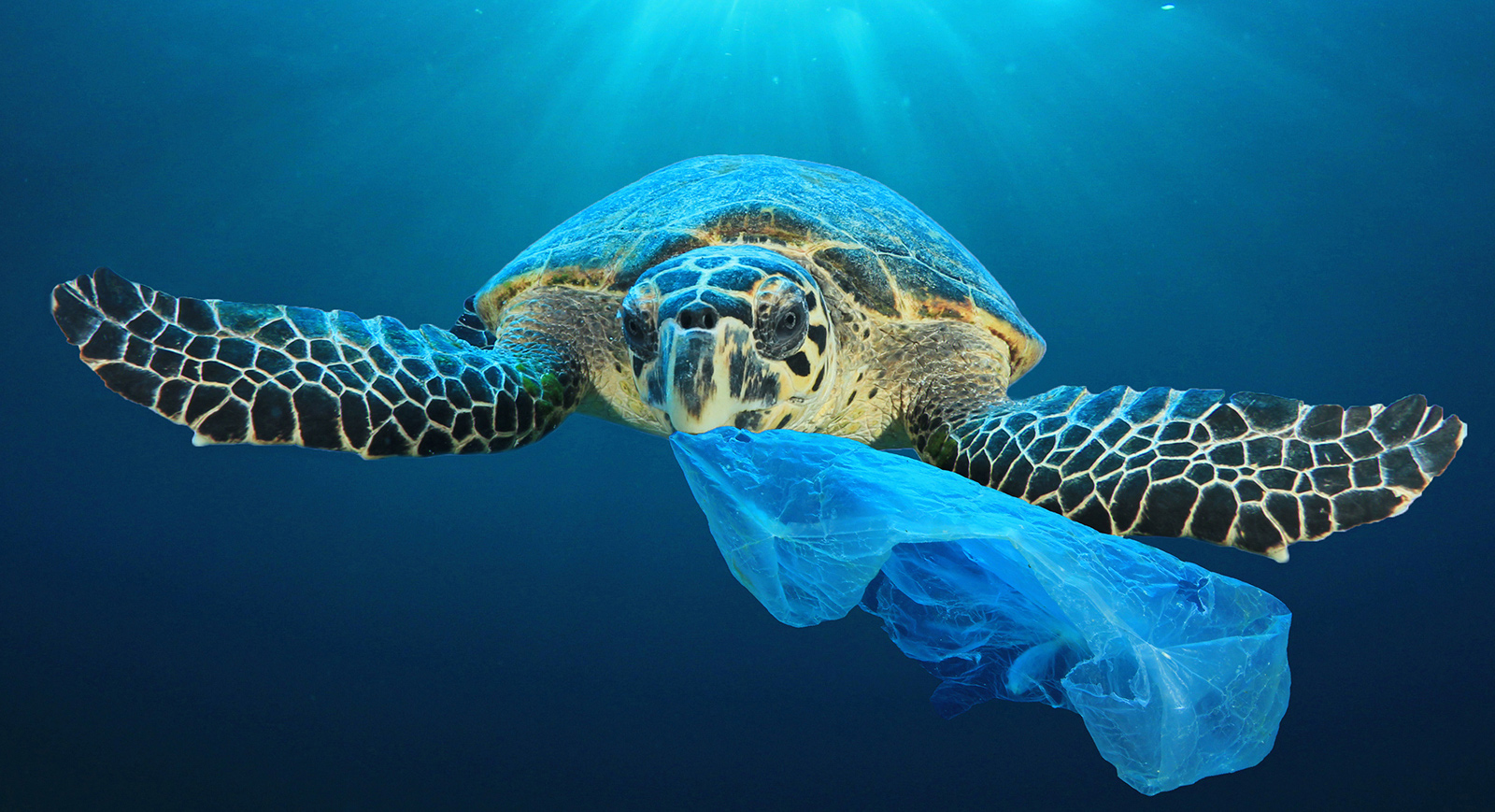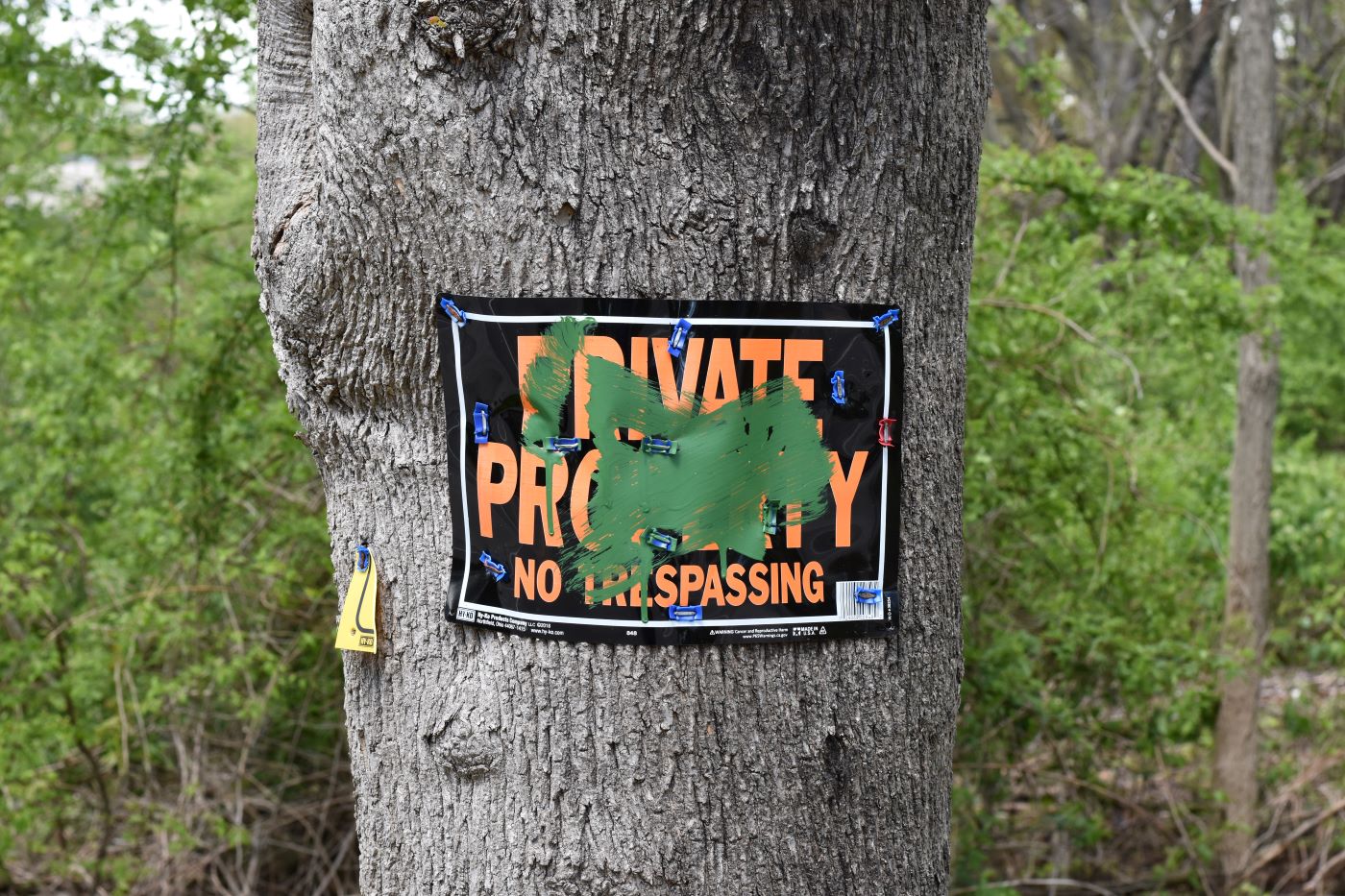Proliferation of PFAS, Plastic Pollution Continues Dangerous Trend
August 7, 2023
Plastics and per- and polyfluoroalkyl substances — also called PFAS or forever chemicals — are continuing the deadly tradition of hiding the dangers of profitable poisons.
The use of lead in paint and gasoline, asbestos, and dichlorodiphenyltrichloroethane, better known as DDT, continued long after the risks to public health and the environment were understood. The tobacco industry continued to profit as it lied about the dangers of its products and secondhand smoke.
Scientists issued warnings about DDT, asbestos, lead, and cigarettes. Their warnings were long ignored, even as cancer clusters grew and wildlife suffered.
The same societal sins seem to be at play now protecting the industries responsible for omnipresent forever chemicals and single-use plastics. First, as opponents of the oversaturated use of PFAS have claimed, chemical giants such as DuPont and 3M spent decades covering up evidence — the same strategy employed by the tobacco industry — of the negative human and environmental impacts of their chemicals.
Now, the industry is using bits of its massive profits to pay off decades of lying and contamination. 3M recently agreed to pay up to $12.5 billion to settle a lawsuit over PFAS contamination in water systems nationwide. DuPont, Chemours, and Corteva announced June 2 they had reached a $1.2 billion agreement in principle to “comprehensively resolve all PFAS-related drinking water claims of a defined class of public water systems that serve the vast majority of the United States population.”
The two settlements include some 6,000 water systems nationwide, according to an Aug. 3 story in The Guardian. Utilities that were not part of the lawsuits but have PFAS in their systems can claim some of the settlement money, or they can sue the chemical manufacturers on their own, the newspaper reported.
While the “sums are impressive on their face, they represent just a fraction of the estimated $400bn some estimate will be needed to clean and protect the nation’s drinking water,” reporter Tom Perkins wrote.
Drinking water systems in Rhode Island are among those nationwide dealing with PFAS contamination. Last month, after the most recent round of statewide forever chemicals testing, the state Department of Health issued “do not drink” orders to three different water systems that tested above, considerably, 70 parts per trillion (ppt) for PFAS.
The Ladd Center (334 ppt) and Exeter Jobs Corps (198 ppt) on the former Ladd School property in Exeter and Bruin Plastics (129 ppt) in Burrillville can no longer use their wells for drinking water. Eight other Rhode Island drinking water systems recently tested above 20 ppt. The lowest was 22 ppt and the highest 55, for an average of 39.5.
The Kent County Water Authority has retained a consortium of experienced water contamination law firms, including the local law firm of Marin, Barrett, and Murphy, to represent it in litigation and settlement of claims against the 3M, Dupont, and other manufacturers of toxic PFAS chemicals.
The costs to remove toxic forever chemicals have created a financial burden for the Kent County Water Authority and initiation of this litigation and the terms of the proposed settlement will allow it to hold the PFAS manufacturers financially accountable for the costs, expenses, and impacts caused by this contamination, according to Danielle Marin, executive director of the East Greenwich law firm.
“This lawsuit represents the collective interests of all residents within the Kent County Water Authority’s service area and aims to safeguard the preservation of clean drinking water,” said David Simmons, executive director of the Kent County Water Authority.
Three years ago, in tests commissioned by the Environmental Working Group (EWG) of the drinking water in major U.S. cities, including Boston, 43 of 44 water systems had detectable PFAS and, on average, six different forever chemicals were found in drinking water. Government tests of public water systems similarly found a complex mixture of four to 12 PFAS in every drinking water sample, at a combined average concentration of nearly 20 ppt, according to a 2019 study.
Most people have been exposed to PFAS, and there is plenty of evidence that exposure can be harmful. Studies have found that PFOA and PFOS, the most extensively produced and studied of these chemicals, are particularly dangerous. (PFOA and PFOS are no longer manufactured in the United States, but they are still produced internationally and can be imported in consumer goods such as carpet, apparel, rubber, and plastics.)
Researchers at the University of Rhode Island’s Sources, Transport, Exposure & Effects of PFAS have linked these human-made compounds to severe health impacts, including kidney and testicular cancer, cardiovascular and thyroid disease, and low birth weight. They have been associated with impaired liver function, chronic intestinal inflammation, and elevated blood pressure during pregnancy.
PFAS, manufactured and used in a variety of industries worldwide since the 1940s, are used or have been used to protect carpets from spills, to make cookware nonstick, and to formulate firefighting foams. They are in polishes, waxes, paints, and cleaning products. They coat pizza boxes and microwave popcorn bags. They waterproof jackets. They are in use throughout our economy. They don’t break down and can accumulate over time.
The extent of PFAS contamination is extensive. The EWG has mapped 2,858 contamination sites in 50 states and two U.S. territories. Southern New England is covered in blue dots.
PFAS, a group of fluorinated chemicals, have been accumulating in our bodies for decades. They are extremely persistent and number in the thousands. Six are of particular concern: PFOA, PFOS, PFNA, PFHxS, PFBS, and GenX.
These manufactured compounds have been found in food, in drinking water, and in human and animal tissue. They are in the soil, in rainwater, and in emissions spewed into the air.
A study published in March 2020 by scientists at the EWG and Indiana University found that 26 different PFAS compounds all displayed at least one characteristic of known human carcinogens.
In a white paper published a few months later, a group of U.S. and international scientists emphasized that the current approach to regulating and managing the harm of PFAS has failed to protect public health. The paper recommended a new approach that classifies all PFAS as “concerning,” and called for an end to all non-essential use.
Their warnings have so far been largely ignored.
A group of PFAS chemicals that the industry has claimed is safe to use in food packaging present a human health threat because they can move into food and drink, according to a study published in March.
This PFAS subgroup, called fluorotelomers, has been billed as a safe replacement for the first generation of forever chemicals, such as PFOA and PFOS, that have been phased out of production in the United States, Canada, and the European Union because of their high toxicity.
The Guardian, however, in 2021 revealed how chemical manufacturers hid research showing that fluorotelomers may also be highly toxic.
But chemical and plastics lobbyists, led by the American Chemistry Council, and the corporations that manufacture these chemicals oppose any regulations to curb their use.
Decades after knowing about the harms caused by PFAS such as DuPont’s Teflon and 3M’s Scotchgard, federal and state government have been slow to enact laws banning their use, establishing drinking water limits, or even classifying these compounds as hazardous substances.
In Rhode Island, after several years of Statehouse debate, a law that was passed last year, modified earlier this year, and went into effect July 1, mandates that public water systems test for forever chemicals. In addition to requiring testing, the General Assembly also created a new interim drinking water standard of 20 ppt. Systems that test above 20 ppt must notify their customers and enter an agreement with the Department of Health within 180 days to remediate the impacted wells. Systems that test above 70 ppt must issue “do not drink” notices to their customers.
Last year, the Environmental Protection Agency released four drinking water health advisories for PFOA (0.004 ppt), PFOS (0.02 ppt), GenX chemicals (10 ppt), and PFBS (2,000 ppt).

Plastic pollution
After six decades of embedding plastics nonstop in every aspect of human life, all of this petroleum-based material has become a clear and present danger.
With so much of the stuff floating around, the EPA recently gave a Chevron refinery in Mississippi, surrounded by low-income neighborhoods and communities of color, the OK to create fuel from plastic waste as part of a “climate-friendly” initiative to boost alternatives to petroleum, by incinerating things made from petroleum.
The EPA approved a component of boat fuel made from discarded plastic that the federal agency’s own risk formula determined was so hazardous that everyone exposed to the substance continually over a lifetime would be expected to develop cancer, according to records obtained by ProPublica and The Guardian.
Current and former EPA scientists told the news organizations that the threat level is unheard of. “It is a million times higher than what the agency usually considers acceptable for new chemicals and six times worse than the risk of lung cancer from a lifetime of smoking,” they reported.
Plastic generally takes between 500 and 1,000 years to degrade. Even then, it becomes microplastics, without fully degrading. So, basically all of the plastic ever created by human beings is still in existence, much of it now polluting water, soil, and air. Microfiber plastic pollution has been found in Antarctic.
Plastic is primarily made with fossil fuels, along with thousands of chemical additives, and all of it is produced by the fossil fuel and petrochemical industries. The continued mass production of the stuff is to feed fossil fuel profits. Heat pumps, electric vehicles, solar panels, and wind turbines are cutting into the industry’s energy monopoly.
Consider: more plastic has been produced in the past decade than during the previous 100 years. Some 400 million tons of plastic is now produced annually worldwide, about half of which is for single-use items. Ten to 13 metric tons of plastic waste ends up in the ocean every year. It makes up 80% of all marine pollution. Currently, according to estimates, there are about 170 trillion pieces of plastic, including microplastics, in the ocean. This plastic waste weighs an estimated 8 million tons.
Seabirds are mistaking this flotsam and jetsam for food and feeding it to their chicks. Earlier this year, a new disease caused solely by plastics was discovered in seabirds.
The birds identified as having the disease (plasticosis) have scarred digestive tracts from ingesting plastic waste, according to a study published in May. Plastic pollution is becoming so prevalent that the scarring was widespread across different ages of birds, the study’s authors said.
When birds ingest small pieces of plastic, the scientists found, it inflames their digestive tracts. Over time, this persistent inflammation causes tissues to become scarred and disfigured, affecting digestion, growth, and survival. The disease can lead to the birds becoming more vulnerable to infection and parasites and can affect their ability to digest food and absorb vitamins.
More than 600 animal species are impacted by plastic, through ingestion or entanglement, both of which can sicken or kill them. Birds, fish, turtles, dolphins, sharks, and whales can be poisoned or trapped by plastic waste.
In Rhode Island, two single-use plastic products, bags and film, alone account for some 26,000 tons of plastic waste buried annually in the Central Landfill. Those that make it out of the Johnston landfill — and those that never get there — wind up in parks, beaches, rivers, and Narragansett Bay, and pose a significant risk to wildlife.
Plastic is entirely synthetic and made with a carbon-based polymer backbone to which thousands of other chemicals and additives are attached. Additives can be carcinogens, neurotoxins, and endocrine disruptors. There is little oversight regarding the health effects of new petrochemicals manufactured to go into plastics.
Fetuses and newborns, who absorb microplastics through their mother’s body and breast milk, and young children, who are especially sensitive to plastic chemicals that leach into food and beverages because their bodies and systems are developing so fast, are particularly at risk of the dangers presented by relentless plastic production.
All of this plastic waste is also a danger to the economy, according to a 2016 report by the Ellen MacArthur Foundation. It noted 32% of plastic packaging escapes collection systems, “generating significant economic costs by reducing the productivity of vital natural systems such as the ocean and clogging urban infrastructure.”
“While delivering many benefits, the current plastics economy has drawbacks that are becoming more apparent by the day,” according to the 120-page report. “After a short first-use cycle, 95% of plastic packaging material value, or USD 80-120 billion annually, is lost to the economy. The cost of such after-use externalities for plastic packaging, plus the cost associated with greenhouse gas emissions from its production, is conservatively estimated at USD 40 billion annually — exceeding the plastic packaging industry’s profit pool.”
In the future, the cleanup costs associated with the relentless use of plastics and PFAS will have to be covered, much of it likely by taxpayers.



